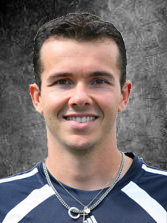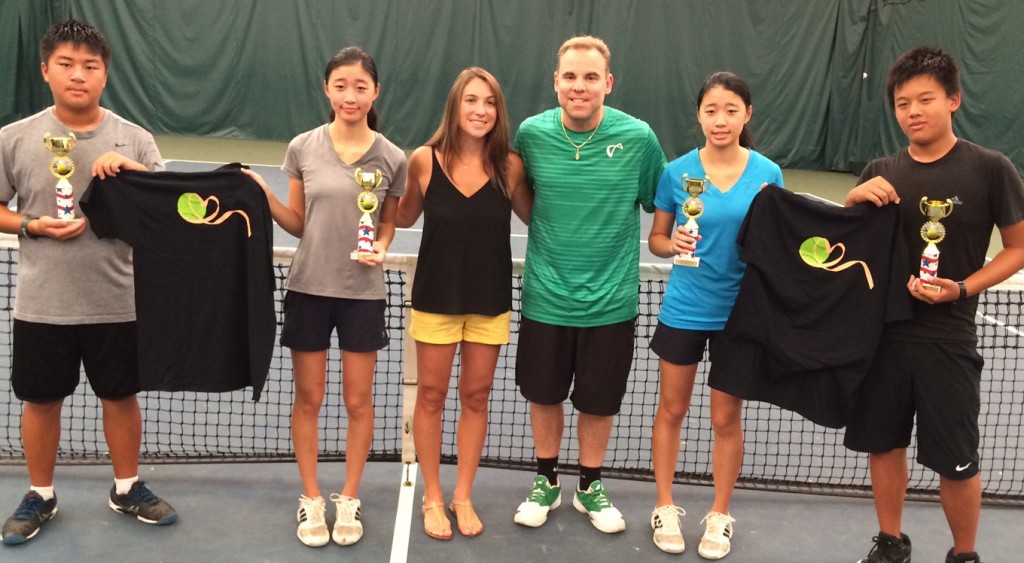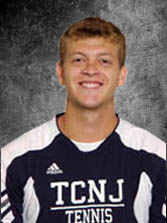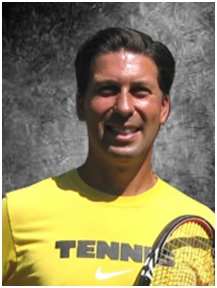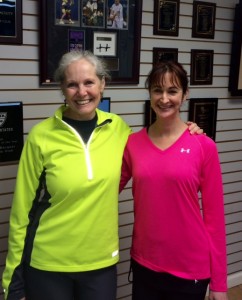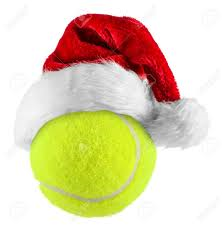 The Nassau Tennis Club is serving up tennis cheer this holiday season with holiday camp, league play, the perfect gift certificate and reduced holiday court rental rates.
The Nassau Tennis Club is serving up tennis cheer this holiday season with holiday camp, league play, the perfect gift certificate and reduced holiday court rental rates.
Looking for a fun way to keep your children active when they are home from school? Nassau’s junior holiday tennis camp is available for children ages 5-17 of all tennis abilities. The junior holiday camp is held on December 26-30, from 9 am – 12:30 pm. Pizza lunch is provided.
Adult tennis players can also join in the fun with Nassau’s adult holiday camp — a high-energy, competitive practice session involving primarily “live ball” drills and point development situations — offered on December 26 – 30, days and evenings. Adult Holiday League will be offered on December 27 – 30, 9:30 – 11 am and 7:30 – 9:00 pm . There will also be a social night out of mixed doubles on Friday, Dec 28, 6-8 pm. Holiday Pickleball will be running throughout the week, December 26-30: please call to register.
The holiday cheer does not stop with holiday camp & leagues! If you are looking for the perfect gift for the tennis fanatic in your life – a gift certificate from the Nassau Tennis Club is the perfect present.
Nassau Tennis Club will again offer holiday court rentals for only $29 per hour on December 24 and December 26–January 1.
Open registration for winter session group clinics begins on December 9, 2018 for adult and junior players.
For more information and to register for clinics, holiday camp, leagues and other programs, visit www.NassauTennis.net or call 908-359-8730

